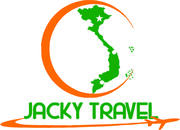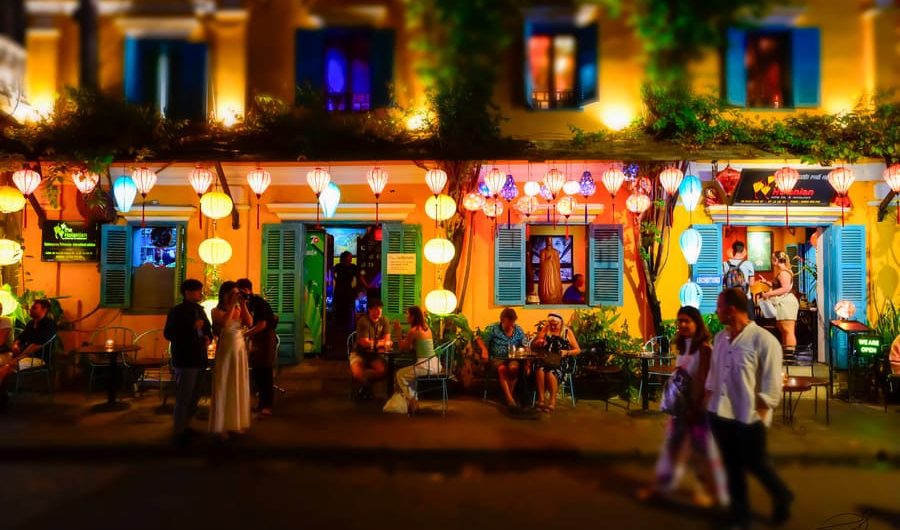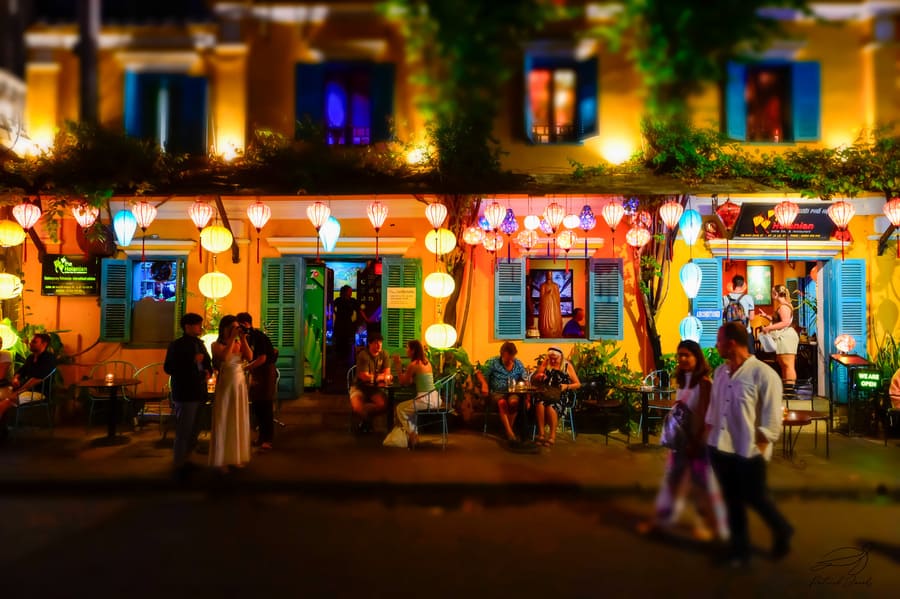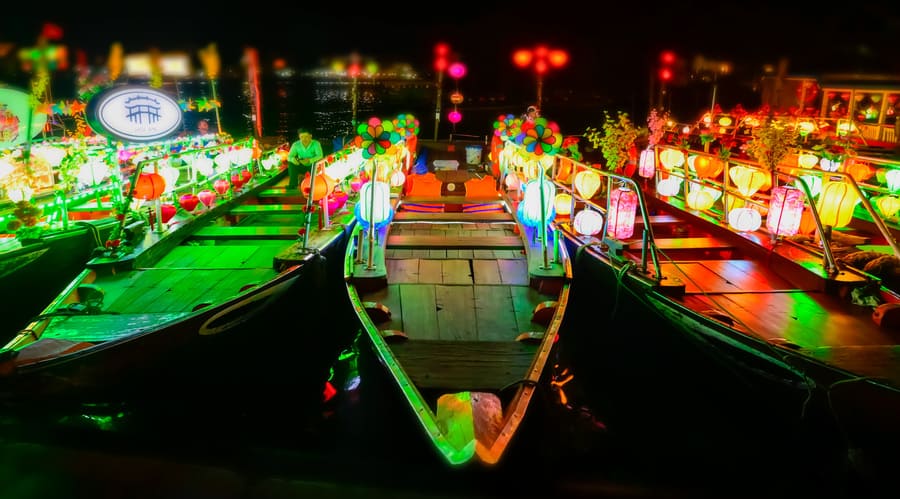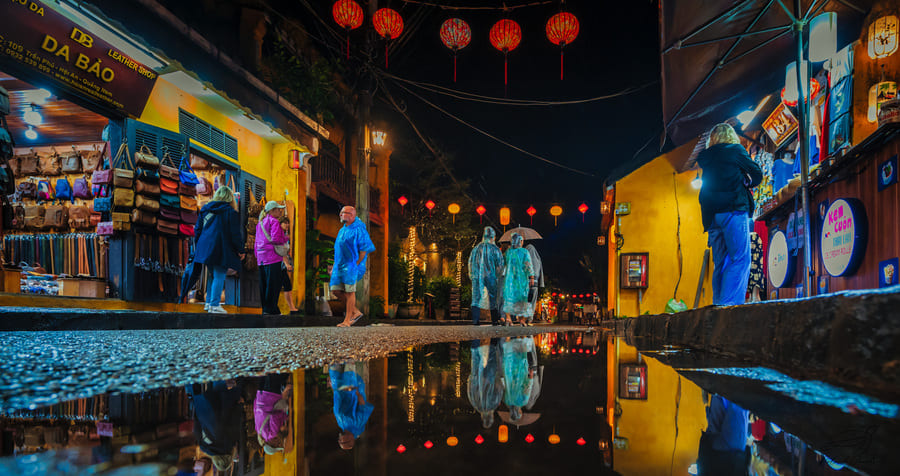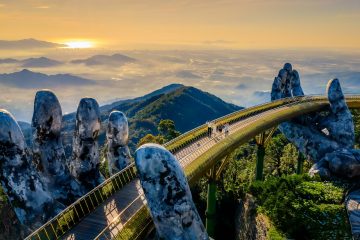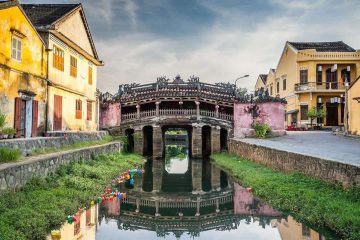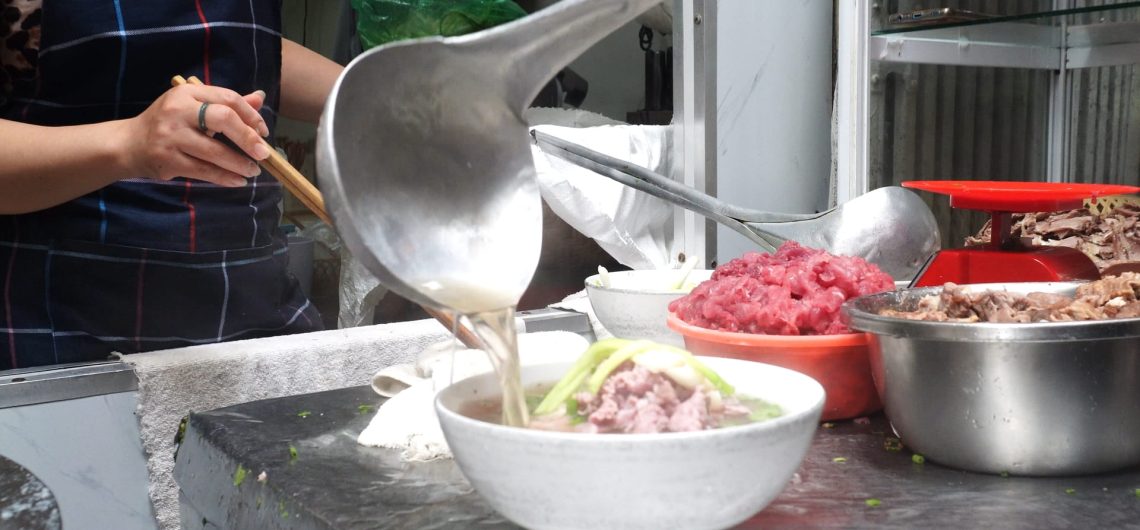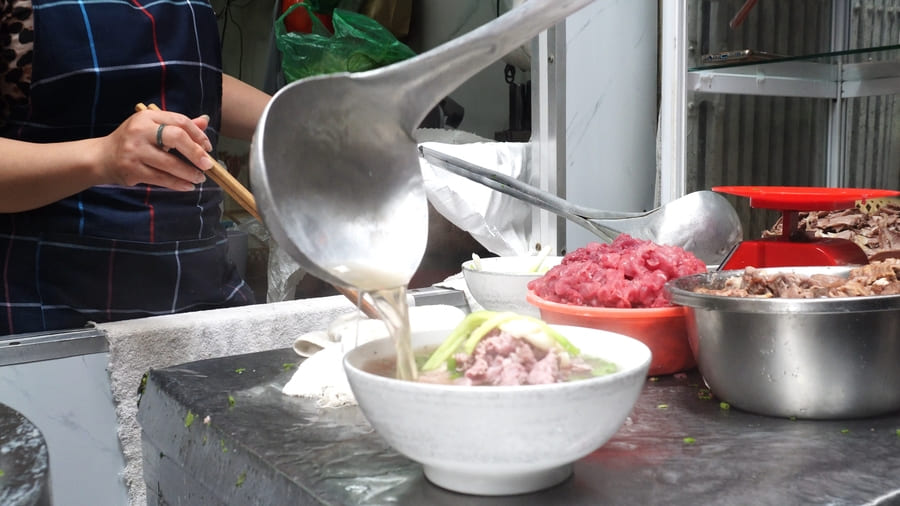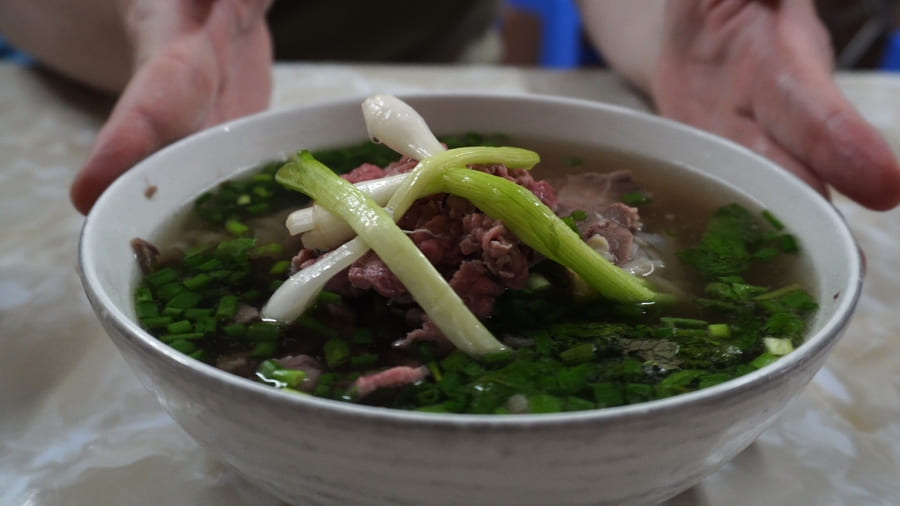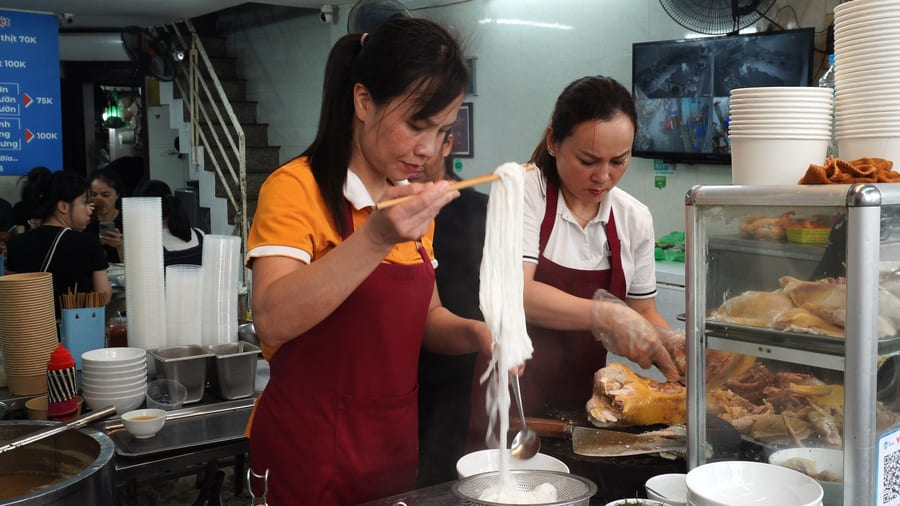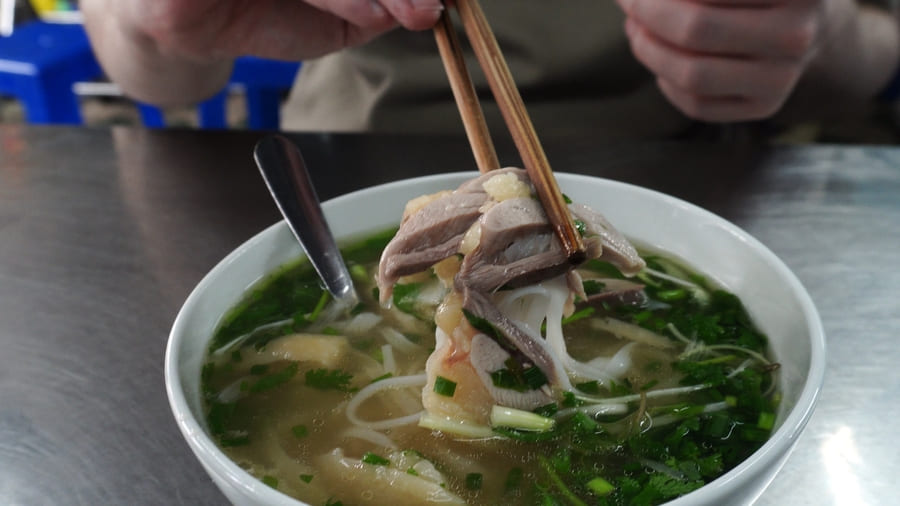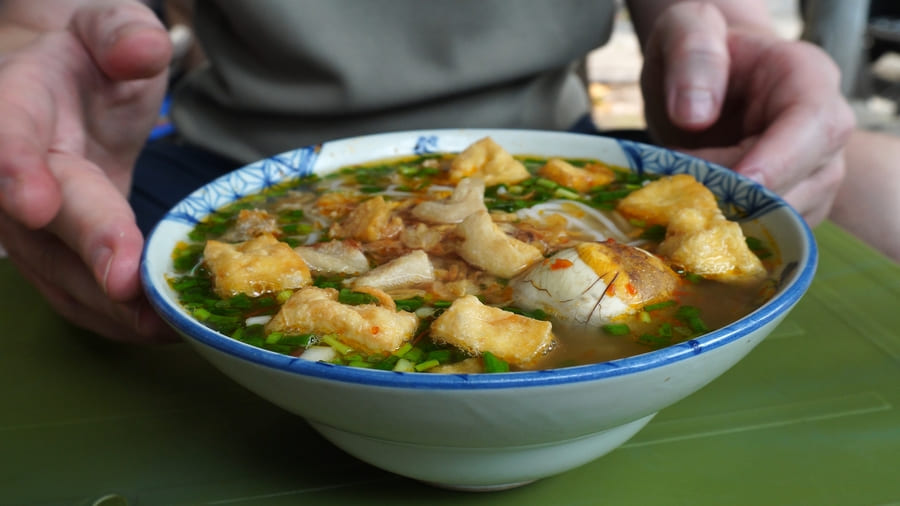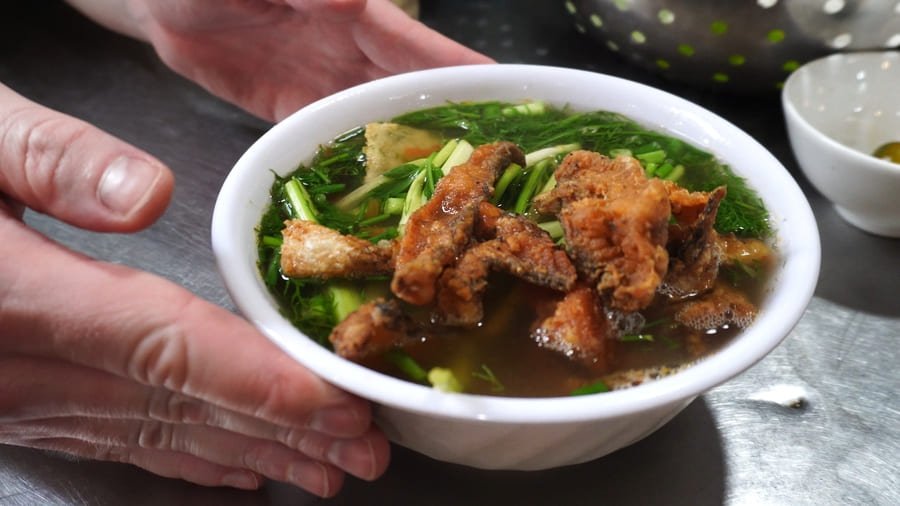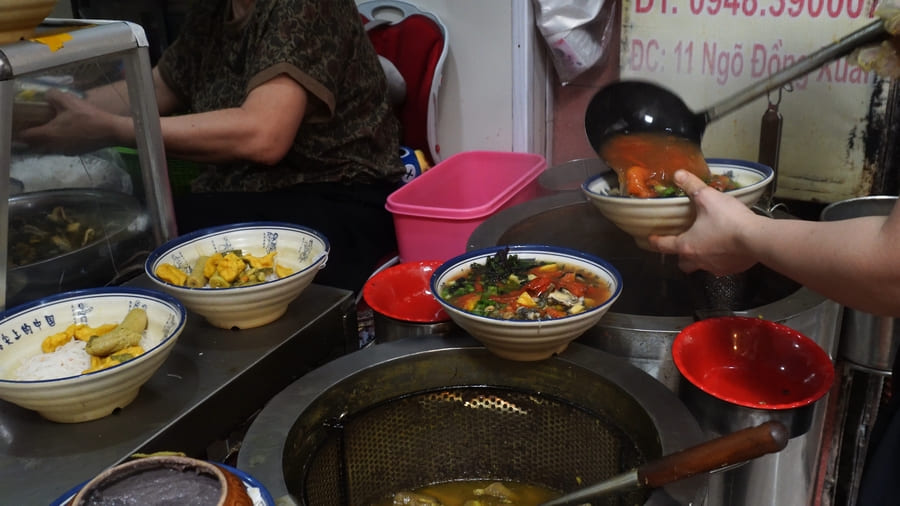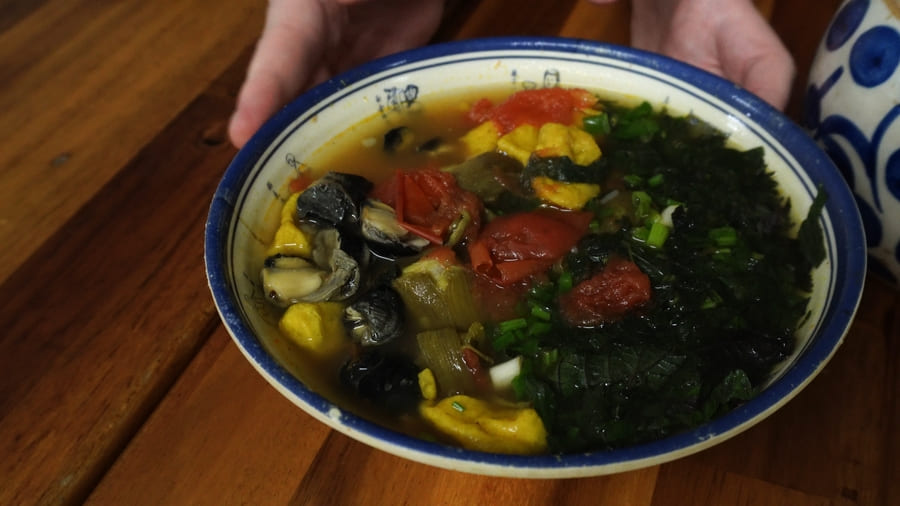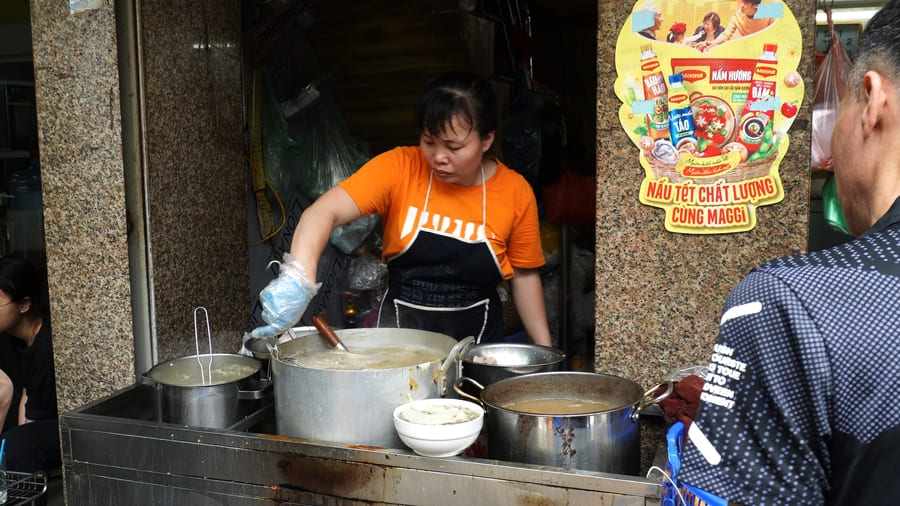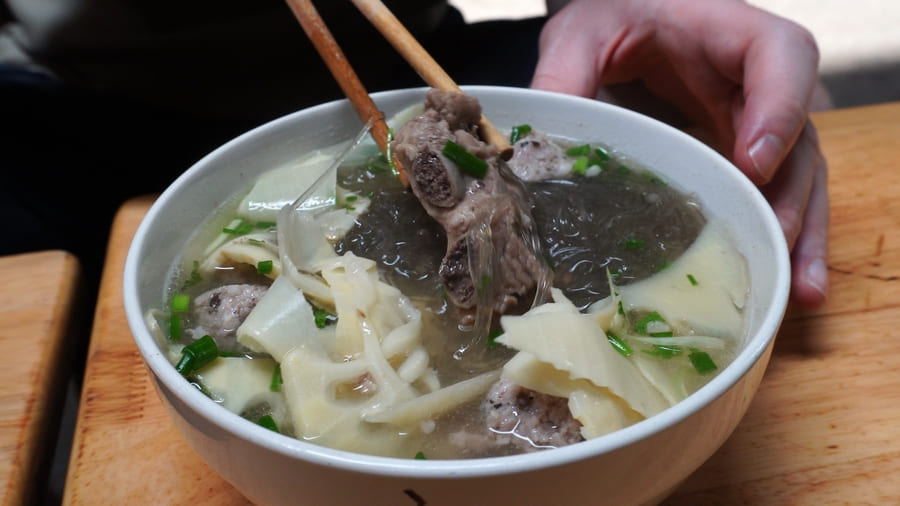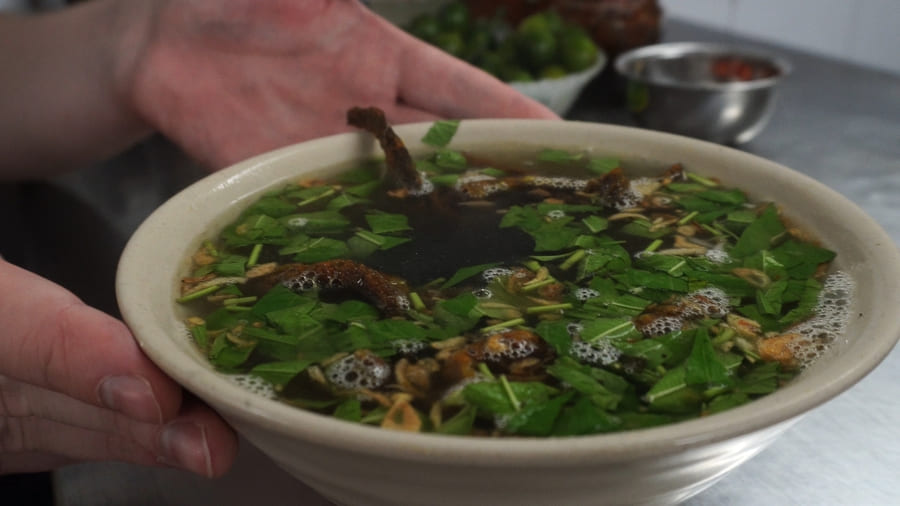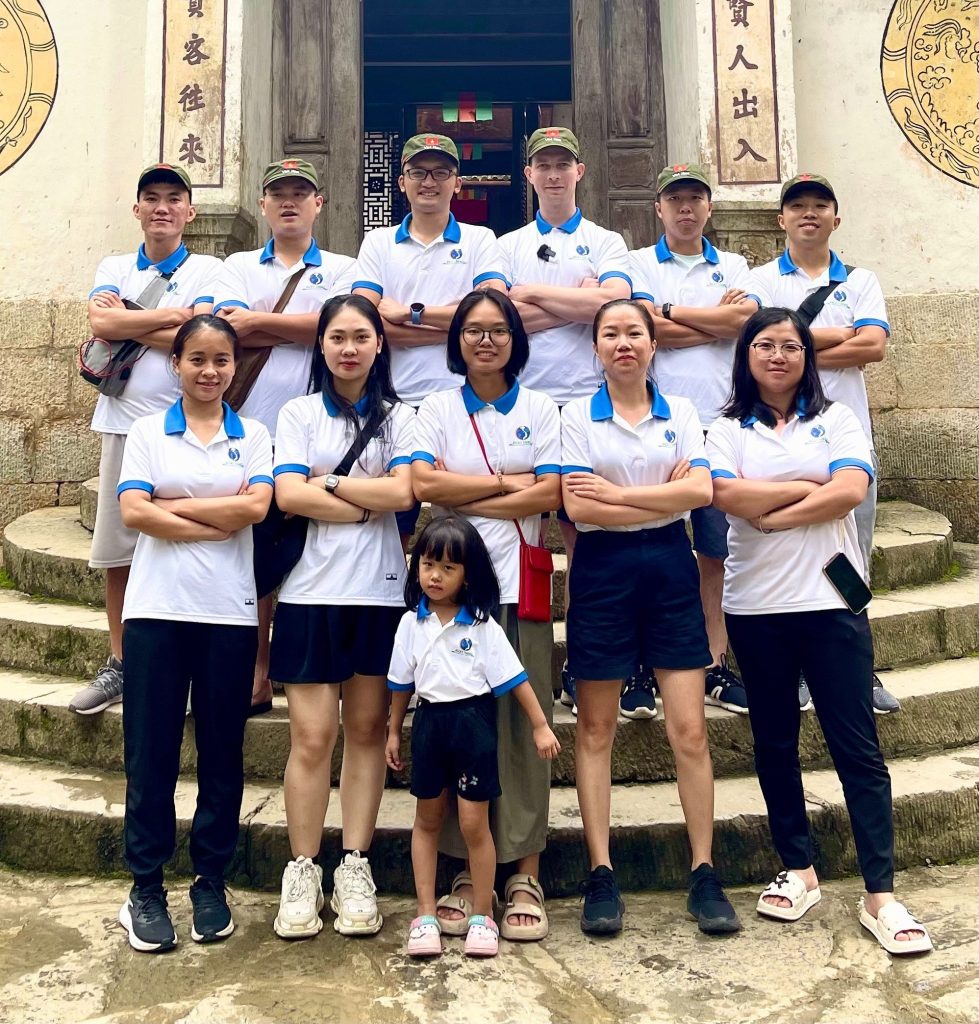Hoi An Lantern Festival Dates 2026 & Guide
If you’re planning a trip to Danang or Hoi An, make sure to experience this must-see event in Vietnam! Once a month, the Hoi An Lantern Festival transforms the town into a glowing wonderland. In this article, we’ll guide you through what awaits at this magical celebration and provide the 2026 festival dates.
What is the Lantern Festival of Hoi An
The Hoi An Lantern Festival, also called the Full Moon Lantern Festival, is a long-standing tradition celebrated in the ancient town of Hoi An, Vietnam. It takes place on the 14th day of each lunar month, when the moon shines at its brightest.
During the festival, the town’s electric lights are switched off, and the streets glow with thousands of colorful lanterns. Made of silk or paper, these lanterns come in various shapes and sizes, each decorated with intricate and beautiful patterns.
A highlight of the celebration is the release of floating lanterns on the Thu Bon River. Both locals and visitors can buy small lanterns, whisper a wish, and set them gently onto the water. As they drift downstream, the river transforms into a sparkling sea of light, symbolizing good fortune and happiness.
Beyond the lanterns, the festival features cultural shows, folk games, and ceremonies held at the town’s temples. The whole town bursts with life and energy, drawing crowds of travelers and residents alike. More than just a celebration of the full moon’s beauty, the Hoi An Lantern Festival is also a tribute to the city’s rich heritage. Recognized as a UNESCO World Heritage Site, Hoi An preserves its timeless architecture and ancient charm, making the festival an even more enchanting experience.
What to do during the lantern Festival in Hoi An
Imagine stepping into a fairy tale as you wander through the streets of Hoi An during the Lantern Festival in 2026. The whole town transforms into a magical realm, bathed in the soft, colorful glow of thousands of lanterns. Here’s what you can expect:
- Lantern Parade: Picture a mesmerizing parade with lanterns in every shape and color drifting through the streets. As you stroll along, you might even catch sight of beautifully crafted lanterns shaped like dragons, butterflies, and flowers, carried by locals and visitors alike.
- River Magic: The Thu Bon River becomes a sparkling ribbon of light. People float lanterns on the water, creating a dreamlike scene. You can buy a lantern, make a wish, and set it adrift. As you watch your lantern gently float away, it’s a perfect moment of peace and reflection.
- Traditional Performances: The town buzzes with cultural performances. Street performers and local troupes showcase traditional music and dance, adding to the festival’s vibrant atmosphere. Imagine watching a graceful dance with intricate costumes or listening to enchanting melodies that fill the air.
- Local Cuisine: The streets are lined with food stalls offering a feast for your senses. Savor local delicacies like Cao Lau (a delicious noodle dish) or Banh Bao Vac (white rose dumplings). The flavors of Hoi An’s street food will tantalize your taste buds while you soak in the festive ambiance.
- Craft Workshops: Dive into hands-on experiences by joining lantern-making workshops. You’ll learn the art of crafting these iconic lanterns and have a unique souvenir to take home. It’s a fun way to engage with local traditions and take a piece of the festival with you.
- Night Markets: The night markets are a treasure trove of crafts, souvenirs, and local goods. Roam the stalls, haggle with friendly vendors, and pick up unique gifts like handcrafted jewelry, traditional textiles, or delicate ceramics.
- Photo Opportunities: Every corner of Hoi An during the festival is an Instagram-worthy shot. From the glowing lanterns adorning ancient buildings to the illuminated river, your camera will be busy capturing the beauty and magic of the event.
As you immerse yourself in the Lantern Festival, you’ll feel like you’ve stepped into a living painting, where every moment is an enchanting blend of tradition, color, and celebration. Enjoy the magic!
Remember to check the exact date of the Lantern Festival, as it takes place on the 14th day of each lunar month. The experience can vary slightly each month, so attending during a full moon might offer an even more magical atmosphere.
Hoi An Lantern Festival Dates 2025
Around 8 pm on the eve of the full moon the lights of the town are shut off, and the only light comes from the lanterns being carried down the river. Here is the list of the next Hoi An lantern Festival dates in 2025. You should not miss this special event !
| Year | Month | Hoi An Lantern Festival Dates |
| 2026 | January | January 2nd, 2026 |
| 2026 | February | February 1st, 2026 |
| 2026 | March | March 2nd, 2026 |
| 2026 | April | April 1st, 2026 |
| 2026 | May | May 30th, 2026 |
| 2026 | June | June 28th, 2026 |
| 2026 | July | July 27th, 2026 |
| 2026 | August | August 26th, 2026 |
| 2026 | September | September 24th, 2026 |
| 2026 | October | October 23rd, 2026 |
| 2026 | November | November 22nd, 2026 |
| 2026 | December | December 22nd, 2026 |
Want to book a trip to Hoi An ?
For all our packages, we have daily departures. Feel free to contact our hotline for more informations:
WhatApp : +84.947.891.345
